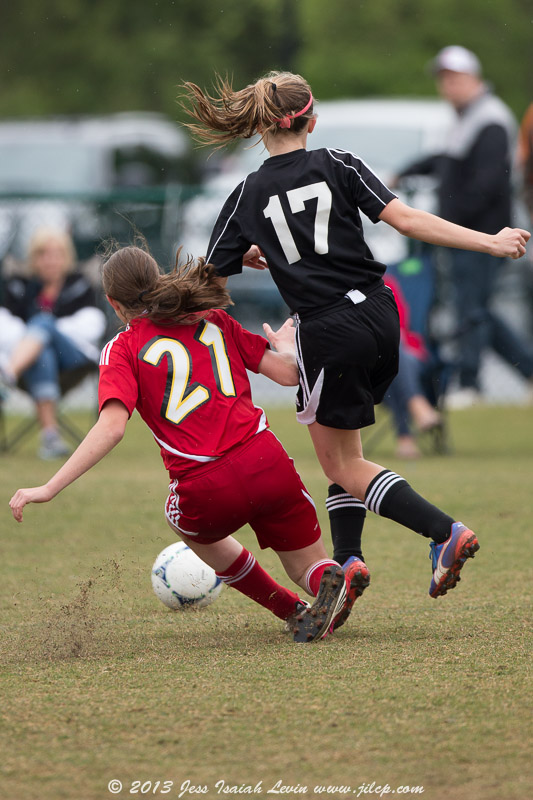Yesterday I used a wide angle lens and a close perspective to play with the appearance of skimming over and around a patch of azaleas. Today I used a narrow view and more distant perspective to get a very different look.
In a way, I feel that there is more intimacy to these images than the
others, perhaps because the individual flowers occupy a larger proportion of the frame. These were photographed between 300 and 400 mm focal length (using a 70-200 zoom with a 2x extender). The moderately high magnification results in shallow depth of field, while the long focal length means the background blur is even more apparent. (A narrow angle of view leads to a more distant camera position for a given subject size. Therefore, the distances from camera to subject and camera to background are
relatively similar. This makes the background appear larger than when a wide angle of view leads one to use a close camera position. In that case, the background is proportionally further away, is magnified less, and appears less blurry. This is why telephoto lenses are good for throwing a background out of focus.)
For most of these shots, I was just over a meter - say four feet - away from the closest flower.
Moving my viewpoint just a few inches changed (simplified) the background.
Incidentally, one reason I chose the 70-200 + 2X rather than a "native" 400 mm like the 100-400 zoom is that an extender (also known as a multiplier or teleconverter) preserves the close focusing range of the bare lens.
These are patiently waiting their turn to open.
Permalink: http://jilcp.blogspot.com/2013/04/flowers-and-perspective.html






















































